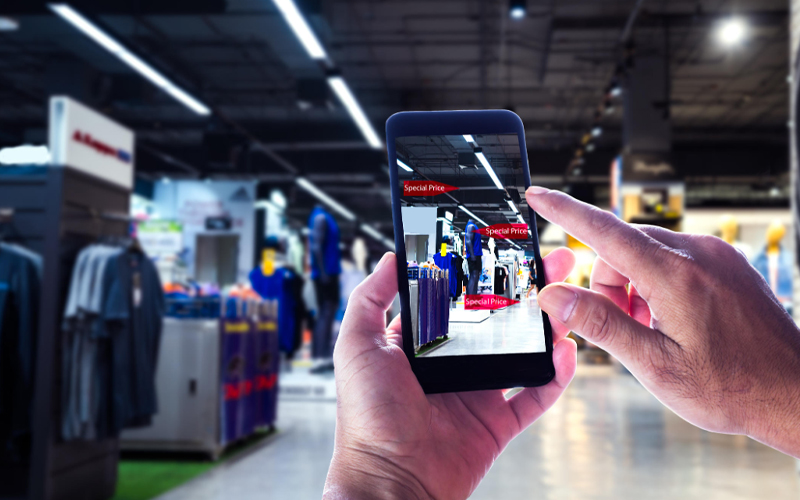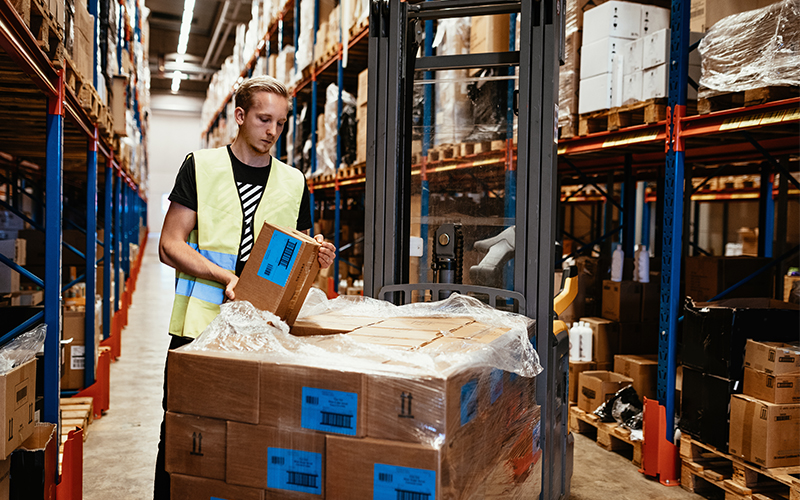Even during the most placid times, supply chains are fraught with uncertainty, with everything from the weather to geopolitics to sports mega-events having an impact. Maximising visibility into the supply chain has become even more of a priority in these volatile times for manufacturers, and technology is leading the way.
With IoT, 5G, and AI, the possibilities are endless, but just investing in technology will not suffice; businesses must first be clear about what they need and what needs to be done to make it happen. Conventional thinking will not build visibility but lead to data silos and generate data that cannot be used within the traditional IT infrastructure. Analyse process and data latency in the current system, consider cross-functional requirements and ensure systems interoperability to achieve synchronised data, integration, and visibility. Let’s look at how disruptive technology has enabled supply chain visibility.
IoT
IoT solutions can monitor manufacturing operations in real time. This ongoing supervision identifies potential breakdowns, and bottlenecks, and optimises equipment utilisation. It provides supervisors with an in-depth picture of the manufacturing process and, thus, facilitates cost, energy, and time-effective production.
IoT is the key to shipment tracking. IoT devices are attached to the goods, and they not only provide real-time location information but can be configured to monitor spoilage, temperature, humidity, and other factors. The costs related to lost goods can be huge, and with IoT, you can identify weak links and the causes of damage. By providing detailed information on the handling and transporting of supplies and goods, IoT solutions inform businesses about the service quality of their vendors. These insights offer much value to the company by allowing them to forge relationships with reliable partners.
Smart replenishment with IoT augments demand forecasting. The sensors can send low-stock alerts and help maintain sufficient inventory levels. Tracking items across shelves maximises inventory visibility and optimises space utilisation.
IoT fleet management helps improve the operation of cargo vehicle fleets. IoT-enabled intelligent fleet technology can be used for predictive maintenance, fuel management, route planning, cargo security, driver behaviour, and safety. Multiple data collection systems can be replaced by a single in-vehicle system that processes all the data points and transfers it to the cloud, thus providing comprehensive visibility allowing businesses to deal with complex situations efficiently.
Intelligent Analytics
Planning teams often operate in chaotic environments with systemic noise and variability. Legacy enterprise software follows rigid rules, is not able to plan for the vagaries of external variables, and is deterministic, resulting in problems like idle inventory, fill rate issues, unplanned maintenance, and material shortages that cause rising costs and reduced revenue.
Data is now available from various sources: real-time IoT data from fleets, products, warehouses, and the plant; customer behaviour data from tracking purchasing and browsing activities online; and post-sale product performance data. AI-enabled solutions use these and other sources like consumer, socioeconomic, and external environment data to generate a unified view of demand instead of the traditional consensus forecasting method. With big data and machine learning analytics, you get descriptive, diagnostic, predictive, and prescriptive views across the supply chain. It meets the objectives of understanding what’s happening, why it’s happening, what’s coming next, and how to optimally handle it.
Intelligent analytics gives businesses a competitive advantage through accurate demand forecasting and insights into seasonal trends and other influencers. Predictive risk management analyses each component in the supply chain to rate its stability. For example, if raw materials were imported from Bangladesh, the AI model would consider the weather forecast to account for cyclones and floods while predicting the risk of delayed deliveries.
Visibility of this kind allows businesses to satisfy customers adequately while minimising the cost of supply, evaluating potential obstacles, and planning for contingencies.
Digital Twin
A digital twin is a digital representation of a physical system linked with actual data sources from the environment of the physical system, and updates are done in real-time. A digital twin combines integrated enterprise data, IoT edge data, telematic, partner feeds, intelligent analytics, and high-end modelling to simulate the supply chain, providing end-to-end visibility and allowing the organisation to examine various what-if scenarios in real-time.
It is an invaluable tool to prevent delays or breakdowns and decide upon the best possible action in an unforeseen event. The twin can predict issues before they occur, visually pinpoint the cause, analyse and simulate, and suggest alternative measures. For each suggested action, a further micro-simulation is possible to optimise decision-making. It can be similarly used to gain a competitive edge by running strategy scenarios.
With supply chains facing constant upheaval, it becomes imperative to be able to see around the corner. Technology has provided the tools for high visibility, which organisations can use to empower their employees to stay on course and chart consistent growth even in choppy waters.
*For organizations on the digital transformation journey, agility is key in responding to a rapidly changing technology and business landscape. Now more than ever, it is crucial to deliver and exceed on organizational expectations with a robust digital mindset backed by innovation. Enabling businesses to sense, learn, respond, and evolve like a living organism, will be imperative for business excellence going forward. A comprehensive, yet modular suite of services is doing exactly that. Equipping organizations with intuitive decision-making automatically at scale, actionable insights based on real-time solutions, anytime/anywhere experience, and in-depth data visibility across functions leading to hyper-productivity, Live Enterprise is building connected organizations that are innovating collaboratively







